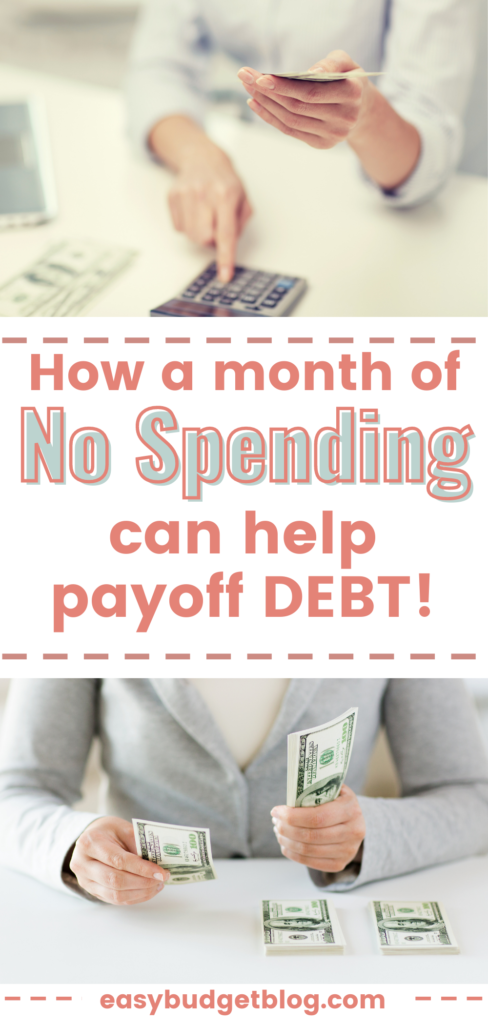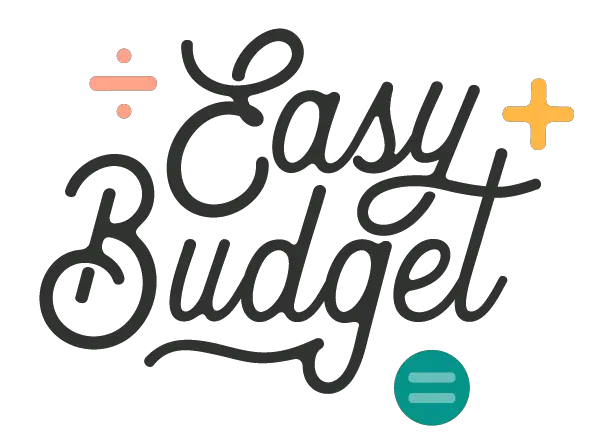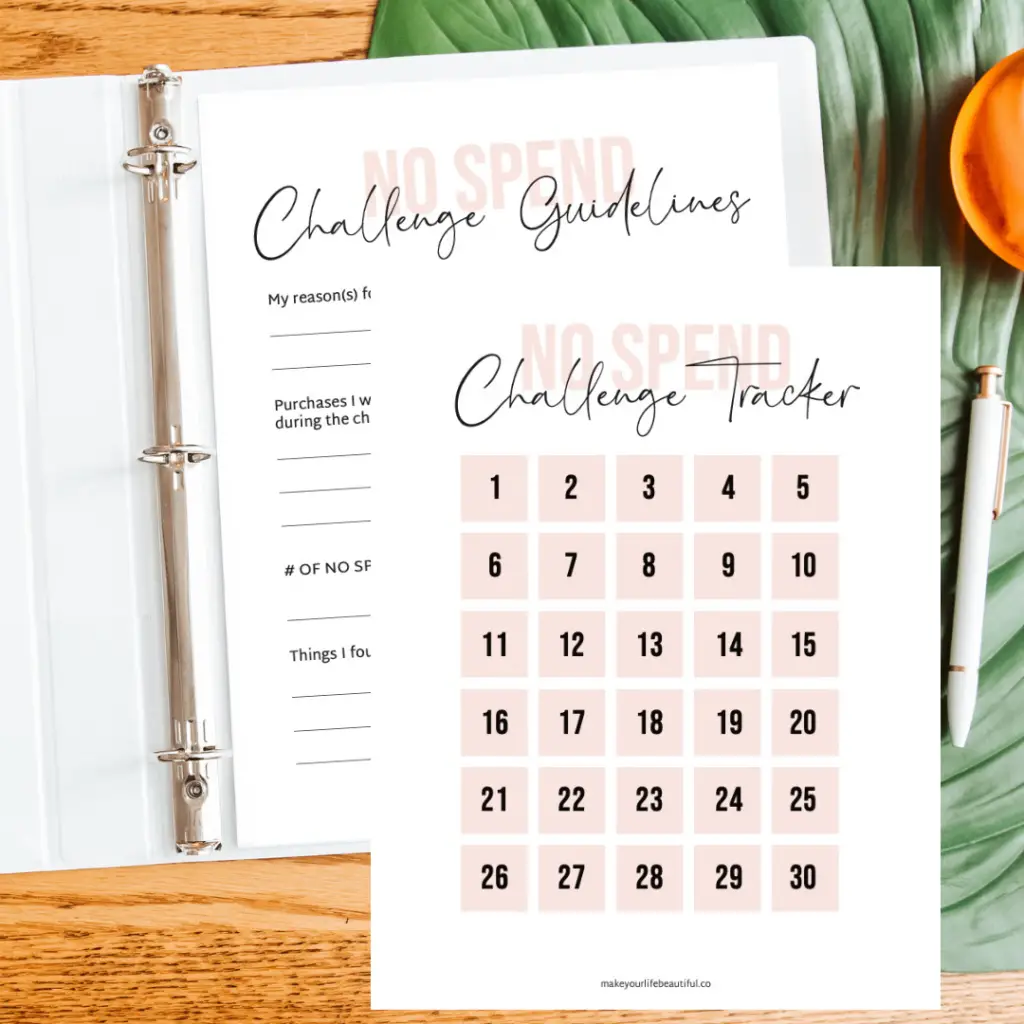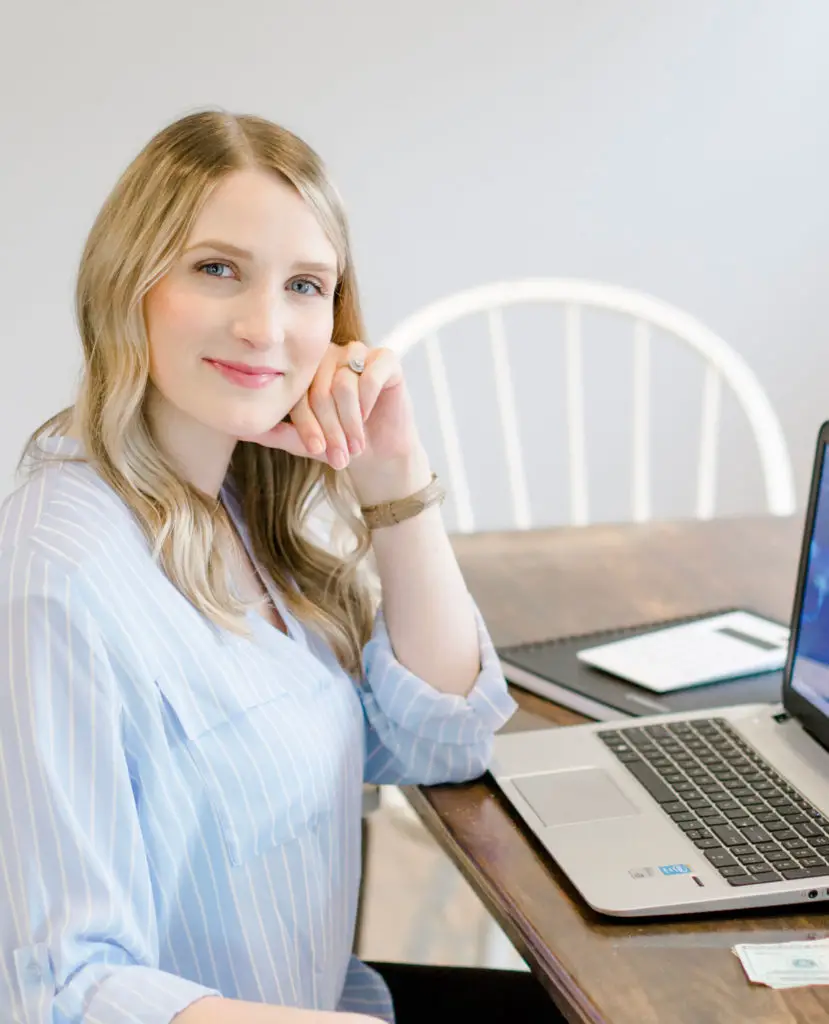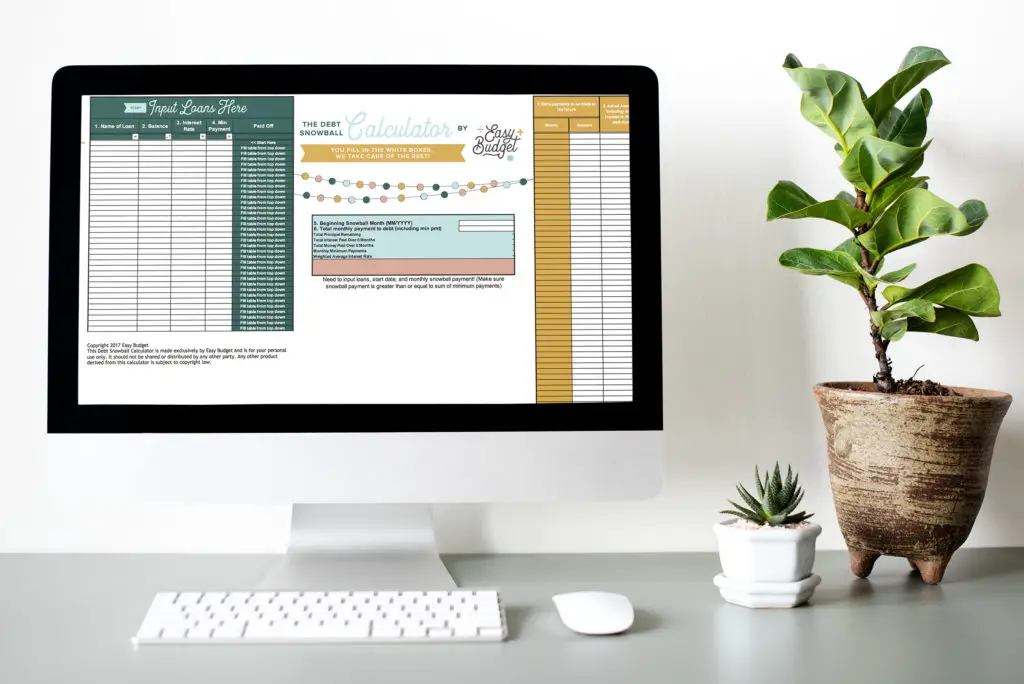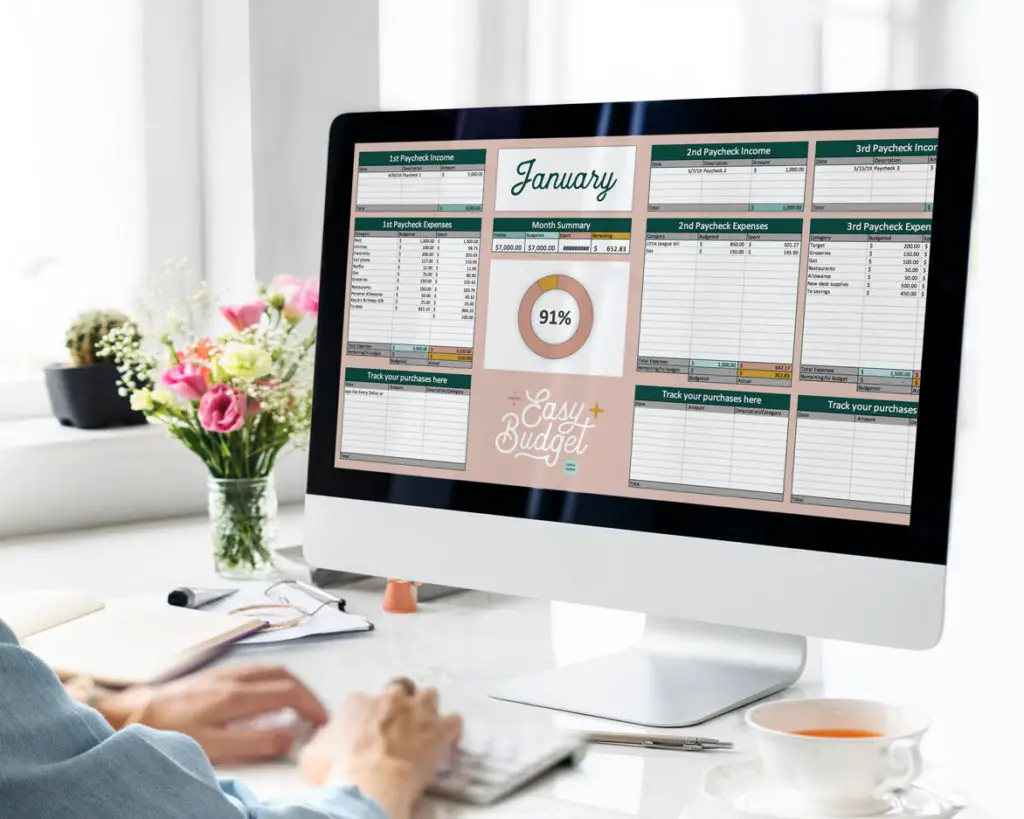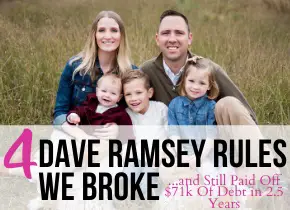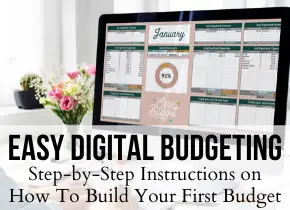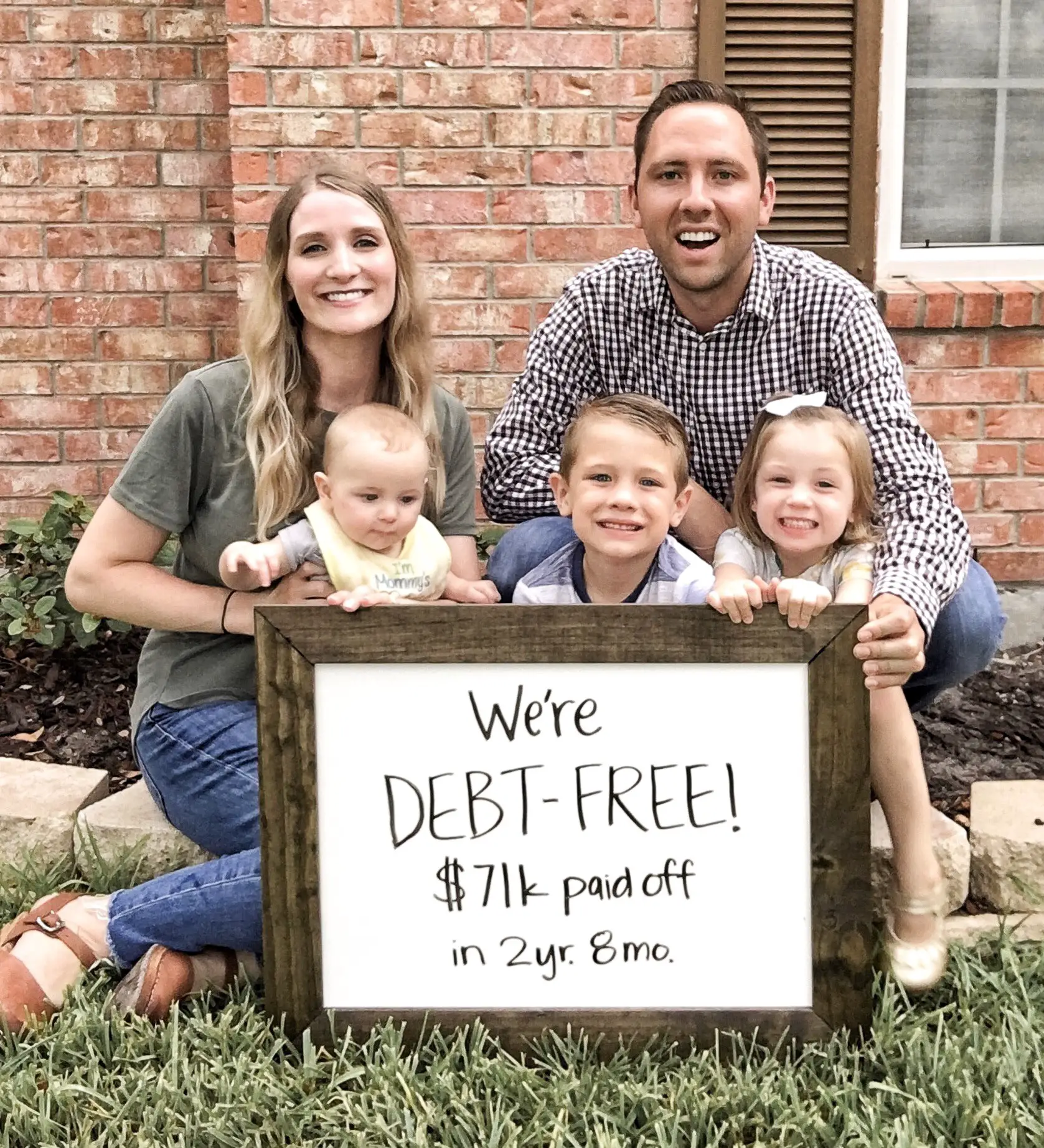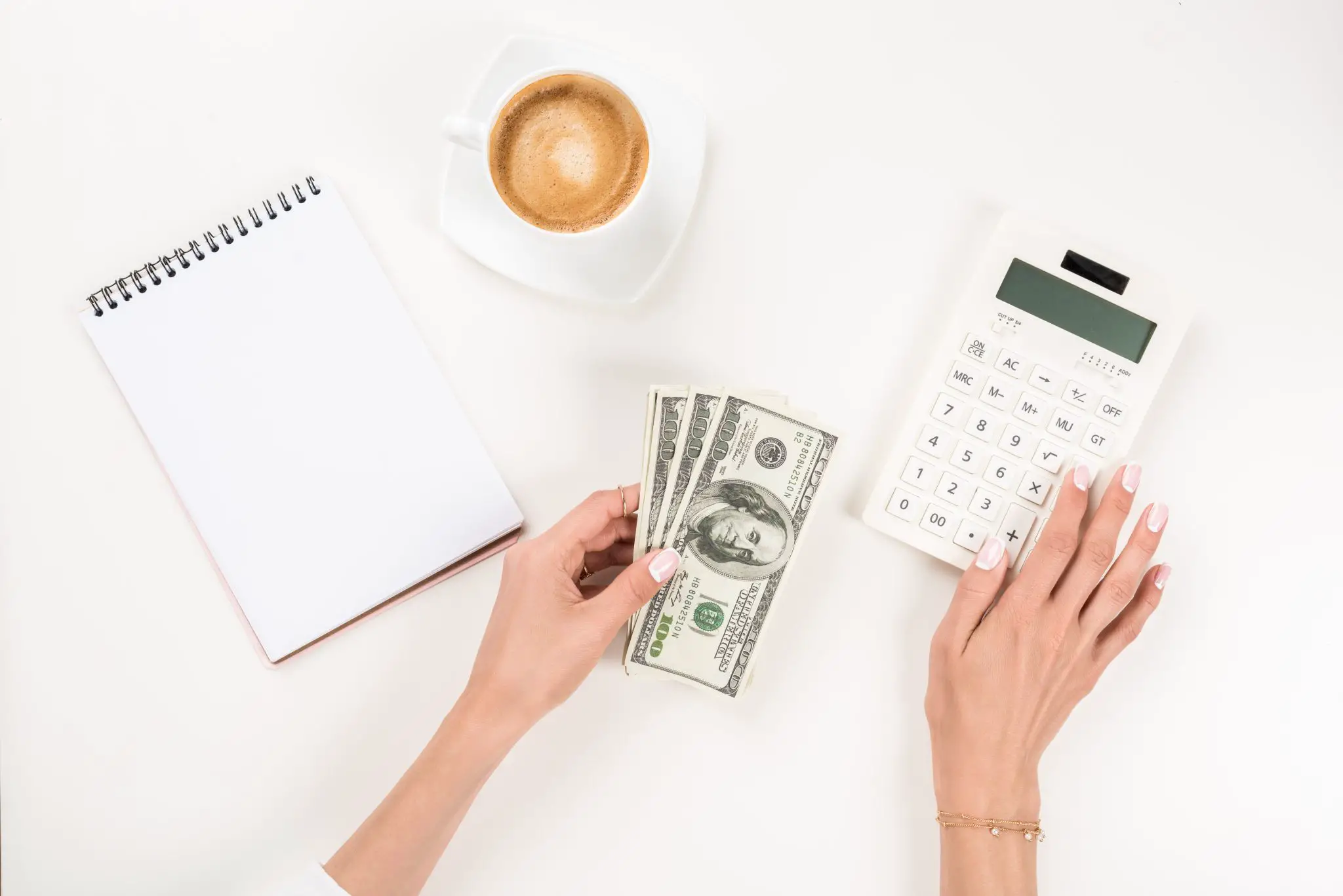This post may contain affiliate links where I earn a commission, at no additional cost to you, if you decide to make a purchase after clicking on a link. Please see our Disclosure Policy for full details. Thank you for your support!
Have you ever heard of a “no spend” challenge? It’s exactly what it sounds like, but it’s also not quite what you might think it is. In this blog article, you’ll learn what a no spend challenge is and why you might want to consider doing a no spend challenge. You’ll also learn how embarking on a no spend challenge can help you put thousands of dollars toward your debt payoff!
I am going to tell you about how my family did “no spend months” to help us pay off debt fast. But before I get into how to do a “no spend month” or a “no spend challenge,” let me tell you a little bit about our beginnings to put it into context.
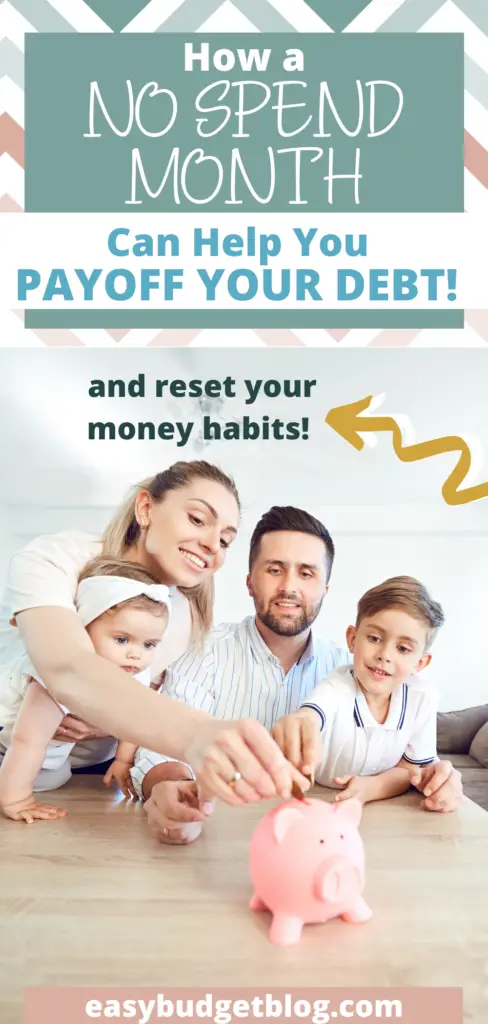
Debt Free Journey and Budgeting
“Beware of little expenses. A small leak will sink a great ship” – Benjamin Franklin
A few years ago, my husband and I realized we were sick and tired of living paycheck-to-paycheck (even though we both worked full-time making decent money). We would look at the total income earned each time our taxes were done and wonder where on earth our money was going! In 2019, my husband ended up coming across Dave Ramsey and began listening to his podcast on his way to and from work.
Shortly thereafter, we decided to go on our own debt-free journey and ended up paying off 2 loans and 3 credit cards over the course of 12 months – even though I was off work at home with our new baby daughter!
One of the biggest ways we were able to get our finances under control was by budgeting. It showed us where we were going wrong very quickly.
Why a No Spend Challenge Worked for Us
Another way we were able to put large chunks of money toward paying off debt was by having dedicated “no spend” months. During these months, we would save hundreds of dollars by cutting back on non-essentials. While it’s not a sustainable way to handle personal finances long term, it’s a great way to get back on track after you’ve perhaps gone overbudget a few months in a row and want to reign in some of your miscellaneous expenses.
We would commit to a whole month of removing take-out, entertainment/recreation, and new clothing from our budget in an effort to increase the amount of money we could put toward our debt.
Typically, with a fairly strict budget in place, we would put $1,000-$2,000 dollars toward our debt each month. But following one of our no spend challenges in May 2019, we were able to throw a whopping $3,000 at our debt which also helped us hit our 50% debt payoff milestone! This was so incredibly eye-opening because it showed that even though we were following a strict budget, there was still an opportunity for improvement.
Related reading: How We Paid Off $71k of Debt in Less Than 3 Years on a Single Income
It doesn’t take a mathematician to realize that we were somehow managing to waste over $1000 a month on non-essential items.
What is a No Spend Challenge?
A no spend challenge is exactly what it sounds like, but at the same time it’s not. It doesn’t mean you can’t spend any money at all – which can turn a lot of people off from this challenge.
For most, it means you significantly pull back on spending in areas like clothing, eating out, entertainment, and any other budget areas that are not essential. You can still spend money on groceries, bills and fuel.
Some participants of the no spend challenge also allow for pre-planned purchases. For example, if you are doing your no spend challenge during the month of May you might want to allow a certain budget amount for a Mother’s Day gift. If it’s planned in advance – it’s allowed!
Why Should You Do a No Spend Challenge to Pay Off Debt?
If you’re trying to cut down on non-essential spending and want to increase the amount you’re able to put toward debt, a no spend challenge is a great way to achieve that!
It also can help you become more aware of your spending habits which will serve you well even after the challenge is over. The whole idea of a no spend challenge is to spend less money so you can achieve your financial goals quicker.
You may not be able to do a no spend challenge every month, but even doing it 3-4 times a year can help you put huge amounts of money toward paying off your debt!

How To Do a No Spend Challenge
How you decide to do a no spend challenge is ultimately up to you. But remember, the idea is to spend less money so you want to make sure that your spending behaviors are aligned with that in mind.
1. Establish Rules
What will you allow during your no spend challenge? Your no spend challenge rules will be determined by your lifestyle. You will have to decide what expenses are essential and which are discretionary. Do you go to work everyday? The gas in your car would be considered essential, but the $3 latte you pick up would be more a discretionary item. Are you at home with kids? You’ll need groceries and meals on the table – but perhaps grabbing takeout or picking up last minute recipe ingredients are things you could commit to not doing during your no spend challenge.
2. Establish the Length
How long do you want your no spend challenge to last? The most popular length is 30 days. But you could start by doing one or two weeks and see how that works for you! The longer you commit to not spending money, the more you’ll save and the bigger impact you’ll have!
3. Plan Ahead
The key to a successful no spend challenge is planning ahead! Create your weekly menu so you know what you need to buy on grocery day. Look ahead at any events you might need to make spending exceptions for. Avoid malls or shopping centers that can easily tempt you into buying unnecessary things. Another tip – remove the Amazon app from your phone!
4. Track Your Progress
This is the fun part! You’ll definitely want to keep track of your progress during your no spend challenge because it helps you stay focused on the big picture. There are a few ways you can do this. If you are active on social media, you can post your no spend progress in your stories and connect with other accounts to see if they want to participate as well. You can print off a no spend challenge worksheet (see below) to keep on your fridge and mark off each day as it passes. You can also set a savings goal for your no spend challenge and at the end of the month see if you’re able to reach it!
Once you’ve completed a no spend challenge, you’ll see noticeable differences in your spending habits. In my experience, I’ve noticed a massive difference after completing a month-long no spend challenge because I’ve built habits that prevent me from jumping on every opportunity to spend money.
I think twice about making unnecessary purchases because I know if I’ve done it this long, I can keep it up! You might think that you’d be running out to buy everything you’ve “missed out on,” but that has never been my experience. These habits you’ve built can have a huge impact on reaching your financial goals!
Would you do a no spend challenge? I’d love to know! Share your thoughts in the comments below.
This article was guest written by Lydia at Make Your Life Beautiful. You can find more from Lydia at her website makeyourlifebeautiful.co, Facebook, or Instagram.
Did you enjoy this post? Pin it to Pinterest for later!
